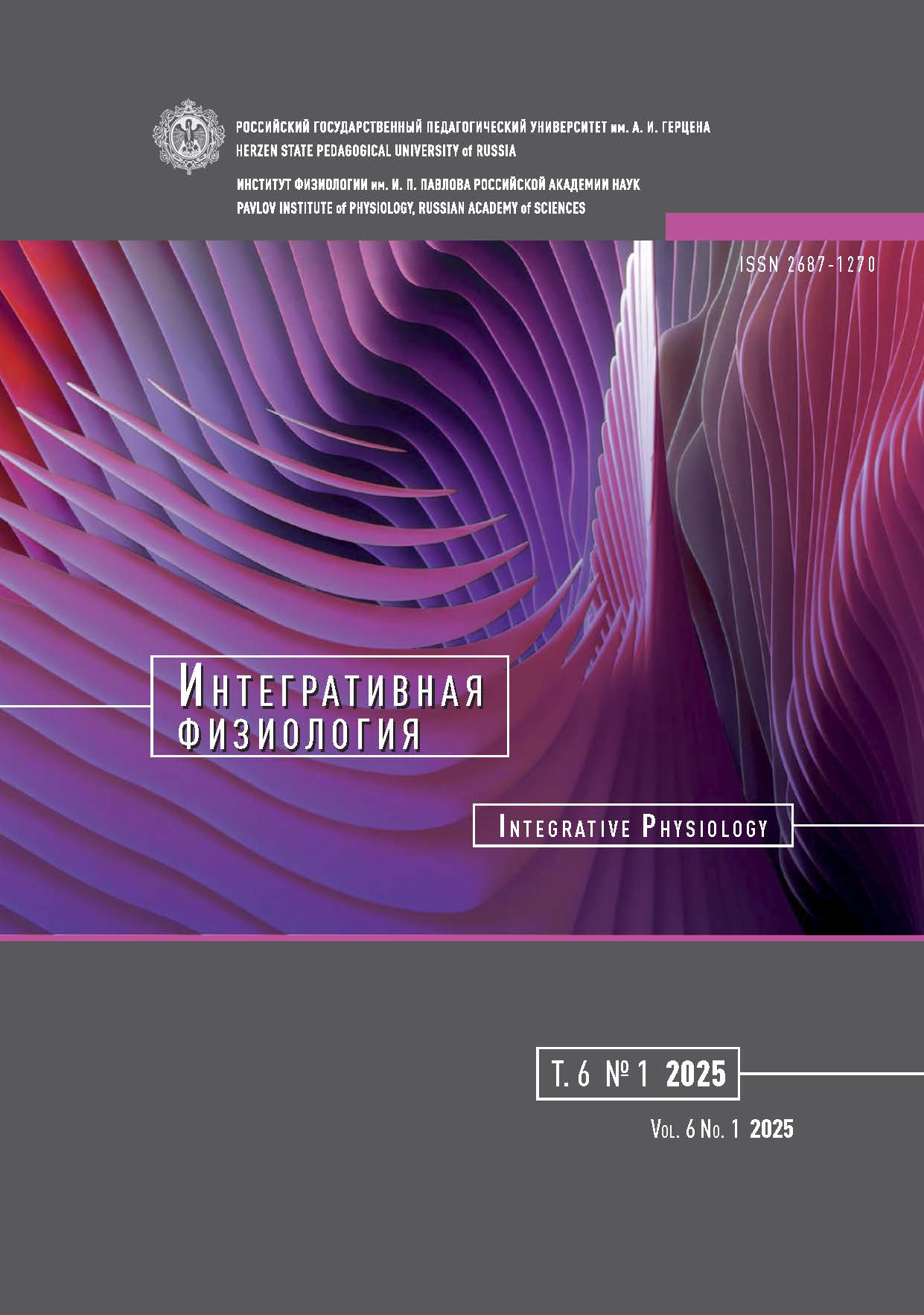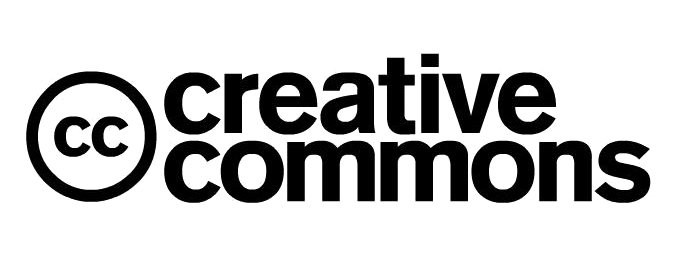The Neonatal pain alters the effect of antidepressant on integrative brain function in rats
DOI:
https://doi.org/10.33910/2687-1270-2025-6-1-75-84Keywords:
neonatal inflammatory pain, fluoxetine, adolescent development, early adulthood, spatial learning and memory, corticosteroneAbstract
The influence of neonatal inflammatory pain on the effects of the selective serotonin reuptake inhibitor fluoxetine — administered during adolescence — was investigated in relation to integrative brain function in early adulthood in rats. These developmental periods in rats correspond to the first and second peaks of neuropsychological developmental deviations observed in humans. We previously demonstrated that neonatal pain induces spatial memory deficits in adolescent male rats in the Morris water maze. Here, we hypothesized that fluoxetine might attenuate the adverse effects associated with the second peak of developmental deviations. In control rats of both sexes, fluoxetine had no effect on spatial learning, as indicated by a decrease in escape latency from day one to day five of training, as well as on first-day spatial memory and long-term memory. However, in rats exposed to neonatal pain, fluoxetine exerted notable sex-specific effects: it produced an antinociceptive effect in females when testing first-day spatial memory impaired by neonatal inflammatory pain. Additionally, females exhibited poorer long-term memory compared to males and relative to their own first-day memory performance, along with shorter memory retention and reduced hypothalamic-pituitary-adrenocortical (HPA) axis reactivity. In contrast, male rats showed no differences between groups in either type of spatial memory. These findings suggest that neonatal inflammatory pain selectively modifies fluoxetine’s effects on integrative brain function and HPA axis reactivity in female rats during early adulthood.
References
Allott, K., Fisher, C. A., Amminger, G. P. et al. (2016) Characterizing neurocognitive impairment in young people with major depression: State, trait, or scar? Brain Behavior, vol. 6, no. 10, article e00527. https://doi.org/10.1002/brb3.527 (In English)
Alonso, M., Petit, A.-C., Lledo, P.-M. (2024) The impact of adult neurogenesis on affective functions: Of mice and men. Molecular Psychiatry, vol. 29, no. 8, pp. 2527−2542. https://doi.org/10.1038/s41380-024-02504-w (In English)
Butkevich, I. P., Mikhailenko, V. A. (2018) Effect of fluoxetine in prenatal period on nociceptive system reactivity and psychoemotional behavior in young female rats. Bulletin of Experimental Biology and Medicine, vol. 165, no. 2, pp. 209−212. https://doi.org/10.1007/s10517-018-4131-9 (In English)
Butkevich, I. P., Mikhailenko, V. A., Vershinina, E. A., Barr, G. A. (2021) The long-term effects of neonatal inflammatory pain on cognitive function and stress hormones depend on the heterogeneity of the adolescent period of development in male and female rats. Frontiers in Behavior Neuroscience, vol. 15, article 691578. https://doi.org/10.3389/fnbeh.2021.691578 (In English)
Christensen, R., Chau, V., Synnes, A. et al. (2025) Preterm sex differences in neurodevelopment and brain development from early life to 8 years of age. The Journal of Pediatrics, vol. 276, article 114271. https://doi.org/10.1016/j.jpeds.2024.114271 (In English)
Duque, A., Arellano, J. I., Rakic, P. (2022) An assessment of the existence of adult neurogenesis in humans and value of its rodent models for neuropsychiatric diseases. Molecular Psychiatry, vol. 27, no. 1, pp. 377−382. https://doi.org/10.1038/s41380-021-01314-8 (In English)
Eichenbaum, H. (2017) The role of the hippocampus in navigation is memory. Journal Neurophysiology, vol. 117, no. 4, pp. 1785−1796. https://doi.org/10.1152/jn.00005.2017 (In English)
Fitzgerald, M. (2024) On the relation of injury to pain — an infant perspective. Pain, vol. 165, no. 11S, pp. S33–S38. https://doi.org/10.1097/j.pain.0000000000003366 (In English)
Grosu, Ș.-A., Chirilă, M., Rad, F. et al. (2023) The effects of four compounds that act on the dopaminergic and serotonergic systems on working memory in animal studies: A literature review. Brain Sciences, vol. 13, no. 4, article 546. https://doi.org/10.3390/brainsci13040546 (In English)
Grunau, R. E. (2020) Personal perspectives: Infant pain — A multidisciplinary journey. Paediatric & Neonatal Pain, vol. 2, no. 2, pp. 50–57. https://doi.org/10.1002/pne2.12017 (In English)
Hamdy, M. M., Elbadr, M. M., Barakat, A. (2018) Fluoxetine uses in nociceptive pain management: A promising adjuvant to opioid analgesics. Fundamental and Clinical Pharmacology, vol. 32, no. 5, pp. 532‒546. https://doi.org/10.1111/fcp.12383 (In English)
Ismail, F. Y., Fatemi, A., Johnston, M. V. (2017) Cerebral plasticity: Windows of opportunity in the developing brain. European Journal Paediatric Neurology, vol. 21, no. 1, pp. 23–48. https://doi.org/10.1016/j.ejpn.2016.07.007 (In English)
Kryst, J., Majcher-Maślanka, I., Chocyk, A. (2022) Effects of chronic fluoxetine treatment on anxiety- and depressive-like behaviors in adolescent rodents — systematic review and meta-analysis. Pharmacological Reports, vol. 74, no. 5, pp. 920–946. https://doi.org/10.1007/s43440-022-00420-w (In English)
Limón-Morales, O., Morales-Quintero, K., Arteaga-Silva, M. et al. (2023) Alterations of learning and memory are accompanied by alterations in the expression of 5-HT receptors, glucocorticoid receptor and brain-derived neurotrophic factor in different brain regions of an animal model of depression generated by neonatally male treatment with clomipramine in male rats. Behavioural Brain Research, vol. 455, article 114664. https://doi.org/10.1016/j.bbr.2023.114664 (In English)
Lisman, J., Buzsáki, G., Eichenbaum, H. et al. (2017) Viewpoints: How the hippocampus contributes to memory, navigation and cognition. Nature Neuroscience, vol. 20, no. 11, pp. 1434−1447. https://doi.org/10.1038/nn.4661 (In English)
Liu, Y., Ding, X., Jia, S., Gu, X. (2025) Current understanding and prospects for targeting neurogenesis in the treatment of cognitive impairment. Neural Regeneration Research, vol. 21, no. 1, pp. 141–155. https://doi.org/10.4103/NRR.NRR-D-24-00802 (In English)
Lymer, J., Bergman, H., Yang, S. et al. (2024) The effects of estrogens on spatial learning and memory in female rodents — A systematic review and meta-analysis. Hormones and Behavior, vol. 164, article 105598. https://doi.org/10.1016/j.yhbeh.2024.105598 (In English)
Malheiros, J., Amaral, C., da Silva, L. S. et al. (2024) Neonatal nociceptive stimulation results in pain sensitization, reduction of hippocampal 5-HT1A receptor, and p-CREB expression in adult female rats. Behavioural Brain Research, vol. 466, article 114975. https://doi.org/10.1016/j.bbr.2024.114975 (In English)
Meadows, S. M., Palaguachi, F., Jang, M. W. et al. (2024) Hippocampal astrocytes induce sex-dimorphic effects on memory. Cell Reports, vol. 43, no. 6, article 114278. https://doi.org/10.1016/j.celrep.2024.114278 (In English)
Mendez-David, I., David, D. J., Deloménie, C. et al. (2023) A complex relation between levels of adult hippocampal neurogenesis and expression of the immature neuron marker doublecortin. Hippocampus, vol. 33, no. 10, pp. 1075–1093. https://doi.org/10.1002/hipo.23568 (In English)
Mikhailenko, V. A., Butkevich, I. P., Vershinina, E. A. (2023) Long-term effect of moderate hypoxia and chronic administration of fluoxetine during the neonatal period on cognitive and stress-hormonal functions in adult male rats. Bulletin Experimental Biology and Medicine, vol. 175, no. 2, pp. 196−200. https://doi.org/10.1007/s10517-023-05853-8 (In English)
Persson, J., Stenfors, C. (2018) Superior cognitive goal maintenance in carriers of genetic markers linked to reduced striatal D2 receptor density (C957T and DRD2/ANKK1-TaqIA). PLOS One, vol. 13, no. 8, article e0201837. https://doi.org/10.1371/journal.pone.0201837 (In English)
Rohde, P., Lewinsohn, P. M., Klein, D. N. et al. (2013) Key characteristics of major depressive disorder occurring in childhood, adolescence, emerging adulthood, and adulthood. Clinical Psychological Science, vol. 1, no. 1, pp. 41–53. https://doi.org/10.1177/2167702612457599 (In English)
Salberg, S., Yamakawa, G. R., Griep, Y. et al. (2021) Pain in the developing brain: Early life factors alter nociception and neurobiological function in adolescent rats. Cerebral Cortex Communications, vol. 2, no. 2, article tgab014. https://doi.org/10.1093/texcom/tgab014 (In English)
Sanz-Gálvez, R., Falardeau, D., Kolta, A., Inglebert, Y. (2024) The role of astrocytes from synaptic to non-synaptic plasticity. Frontier in Cell Neuroscience, vol. 18, article 1477985. https://doi.org/10.3389/fncel.2024.1477985 (In English)
Sengupta, P. (2013) The laboratory rat: Relating its age with human’s. International Journal of Preventive Medicine, vol. 4, no. 6, pp. 624–630. https://pubmed.ncbi.nlm.nih.gov/23930179 (In English)
Spear, L. P. (2000) The adolescent brain and age-related behavioral manifestations. Neuroscience & Biobehavioral Reviews, vol. 24, no. 4, pp. 417–463. https://doi.org/10.1016/S0149-7634(00)00014-2 (In English)
Vahid-Ansari, F., Newman-Tancredi, A., Fuentes-Alvarenga, A. F. et al. (2024) Rapid reorganization of serotonin projections and antidepressant response to 5-HT1A-biased agonist NLX-101 in fluoxetine-resistant cF1ko mice. Neuropharmacology, vol. 261, article 110132. https://doi.org/10.1016/j.neuropharm.2024.110132 (In English)
Vorhees, C. V., Williams, M. T. (2024) Tests for learning and memory in rodent regulatory studies. Current Research in Toxicology, vol. 6, article 100151. https://doi.org/10.1016/j.crtox.2024.100151 (In English)
Yuan, M., Leslie, F. M. (2024) Nicotine and fluoxetine alter adolescent dopamine-mediated behaviors via 5-HT1A receptor activation. Frontiers in Psychiatry, vol. 15, article 1380123. https://doi.org/10.3389/fpsyt.2024.1380123 (In English)
Downloads
Published
Issue
Section
License
Copyright (c) 2025 Irina P. Butkevich, Viktor A. Mikhailenko, Elena A. Vershinina

This work is licensed under a Creative Commons Attribution-NonCommercial 4.0 International License.
The work is provided under the terms of the Public Offer and of Creative Commons public license Creative Commons Attribution 4.0 International (CC BY 4.0).
This license permits an unlimited number of users to copy and redistribute the material in any medium or format, and to remix, transform, and build upon the material for any purpose, including commercial use.
This license retains copyright for the authors but allows others to freely distribute, use, and adapt the work, on the mandatory condition that appropriate credit is given. Users must provide a correct link to the original publication in our journal, cite the authors' names, and indicate if any changes were made.
Copyright remains with the authors. The CC BY 4.0 license does not transfer rights to third parties but rather grants users prior permission for use, provided the attribution condition is met. Any use of the work will be governed by the terms of this license.







